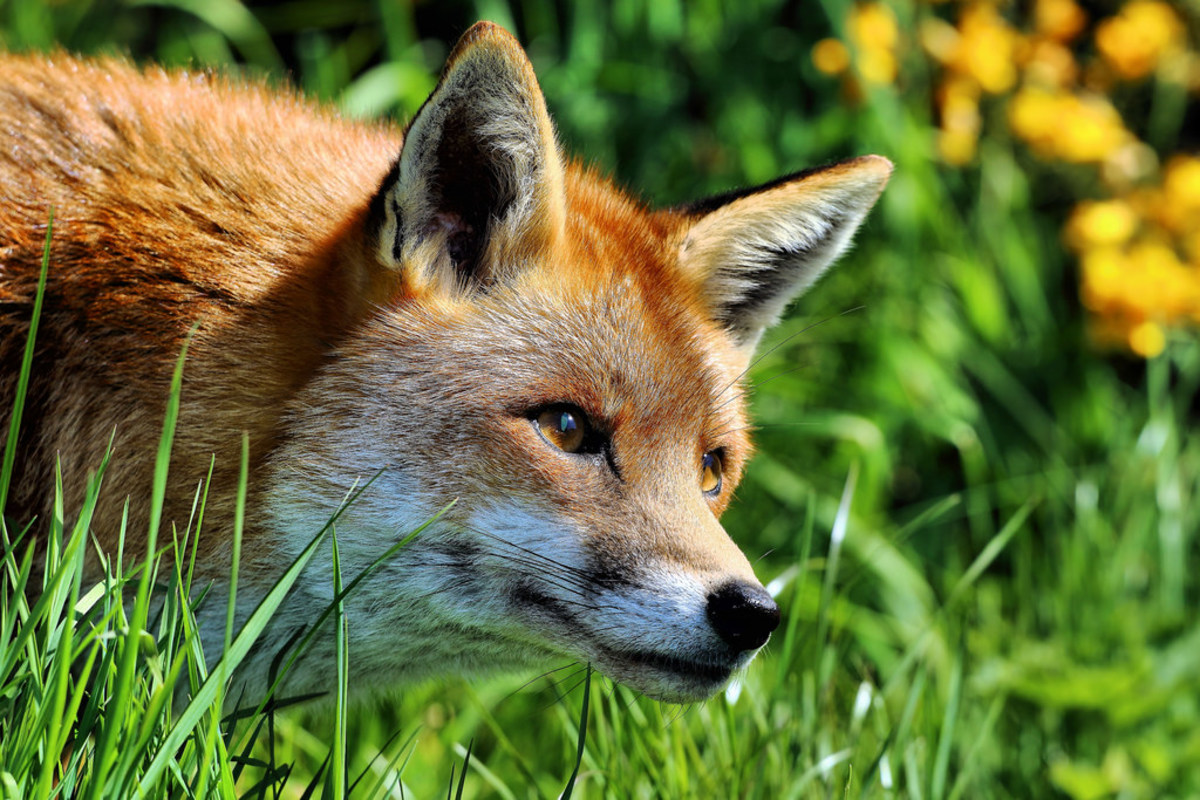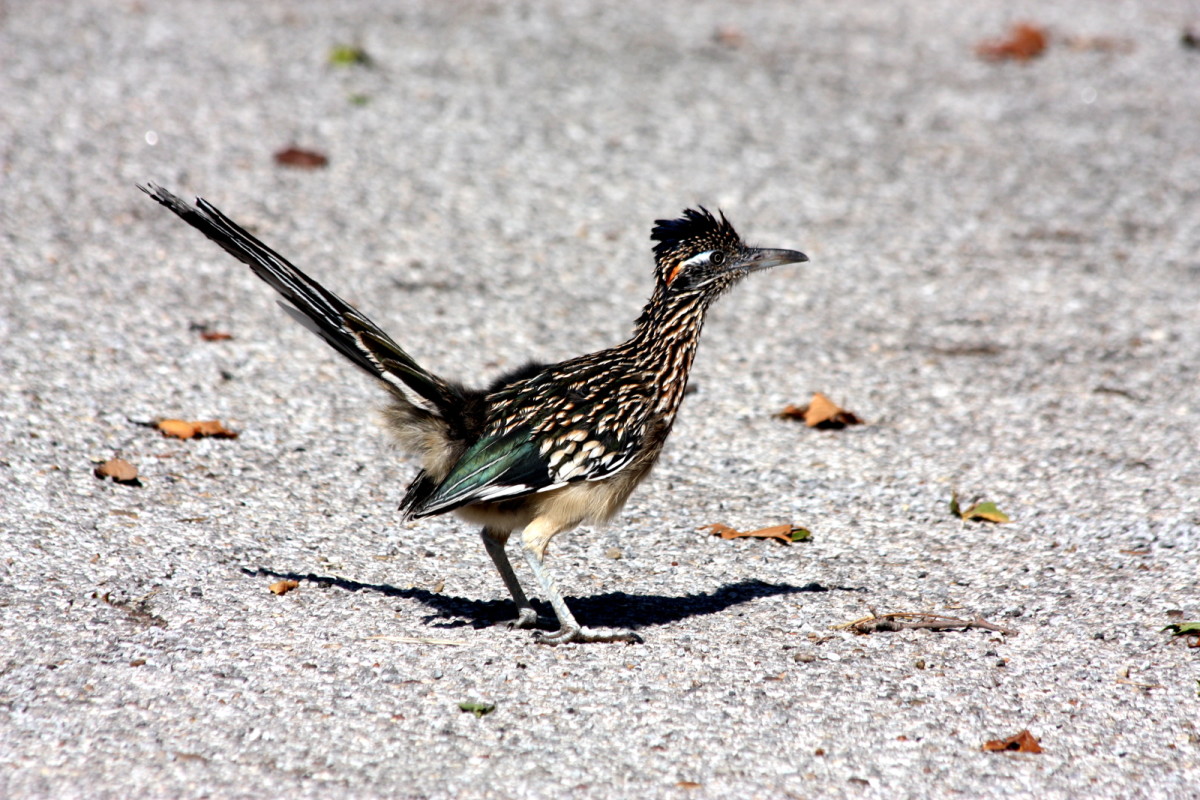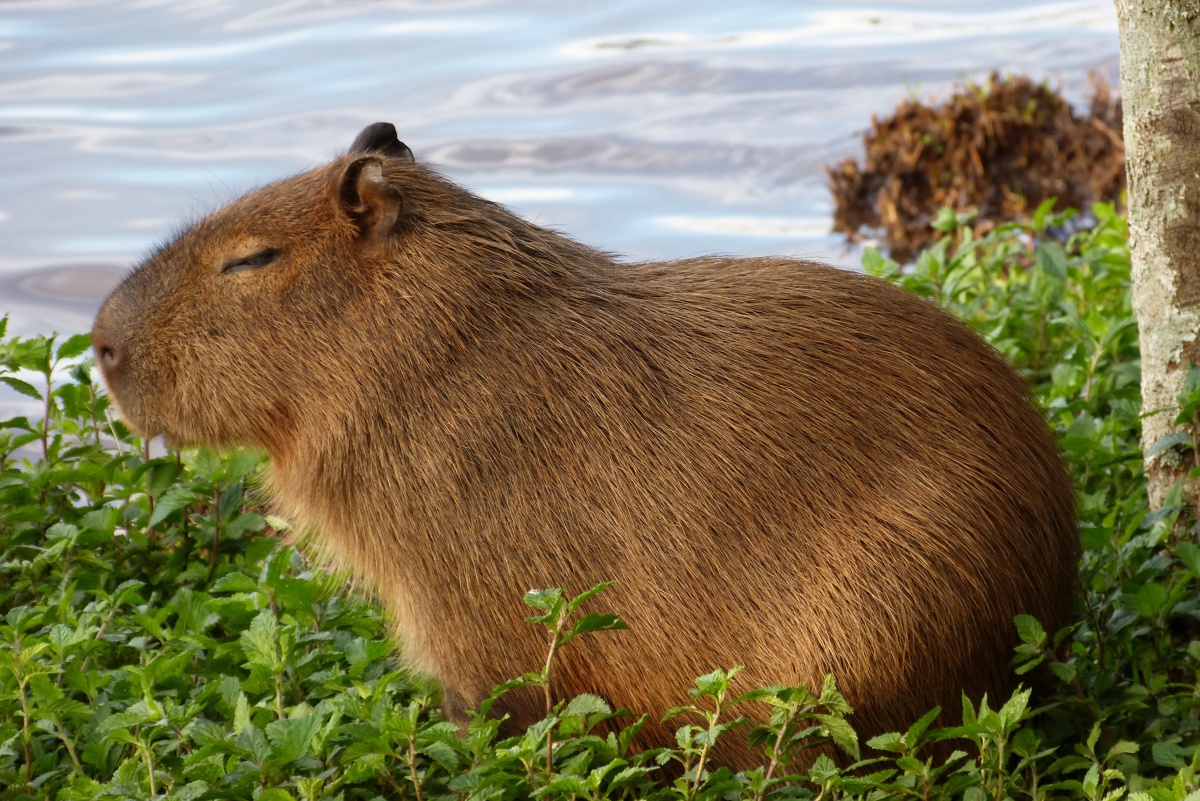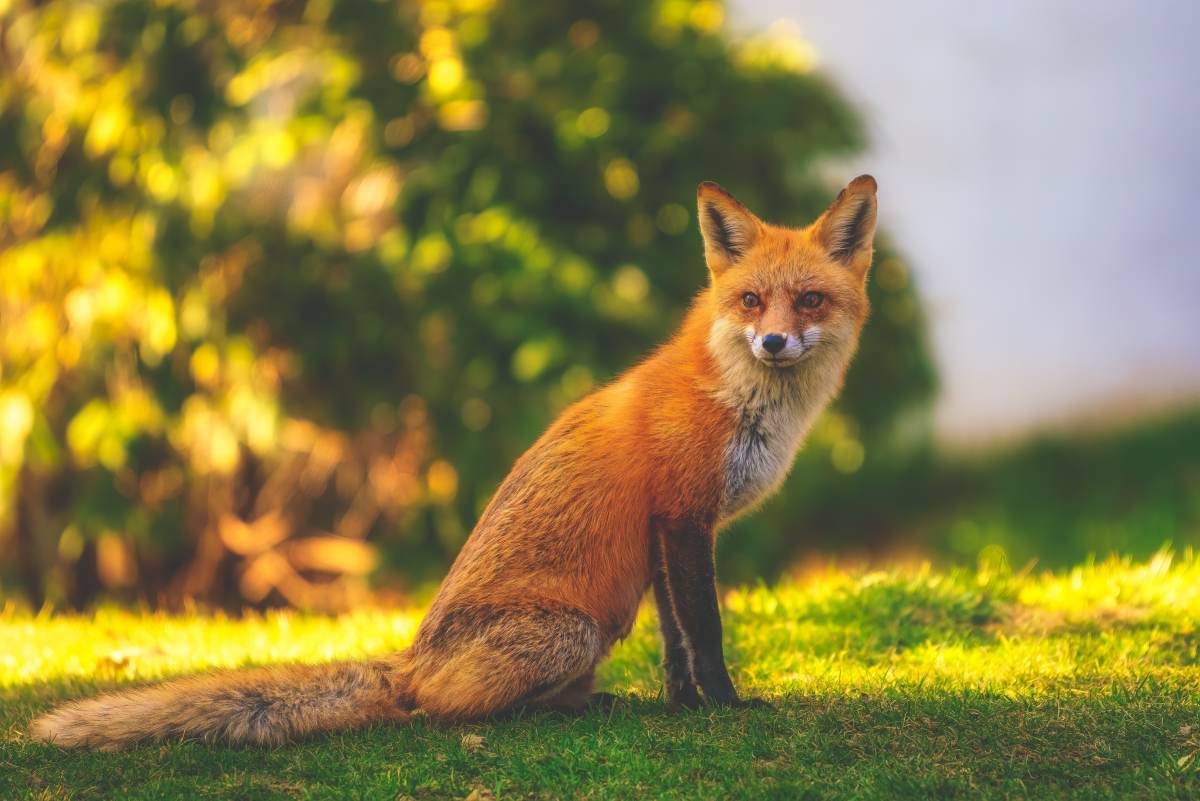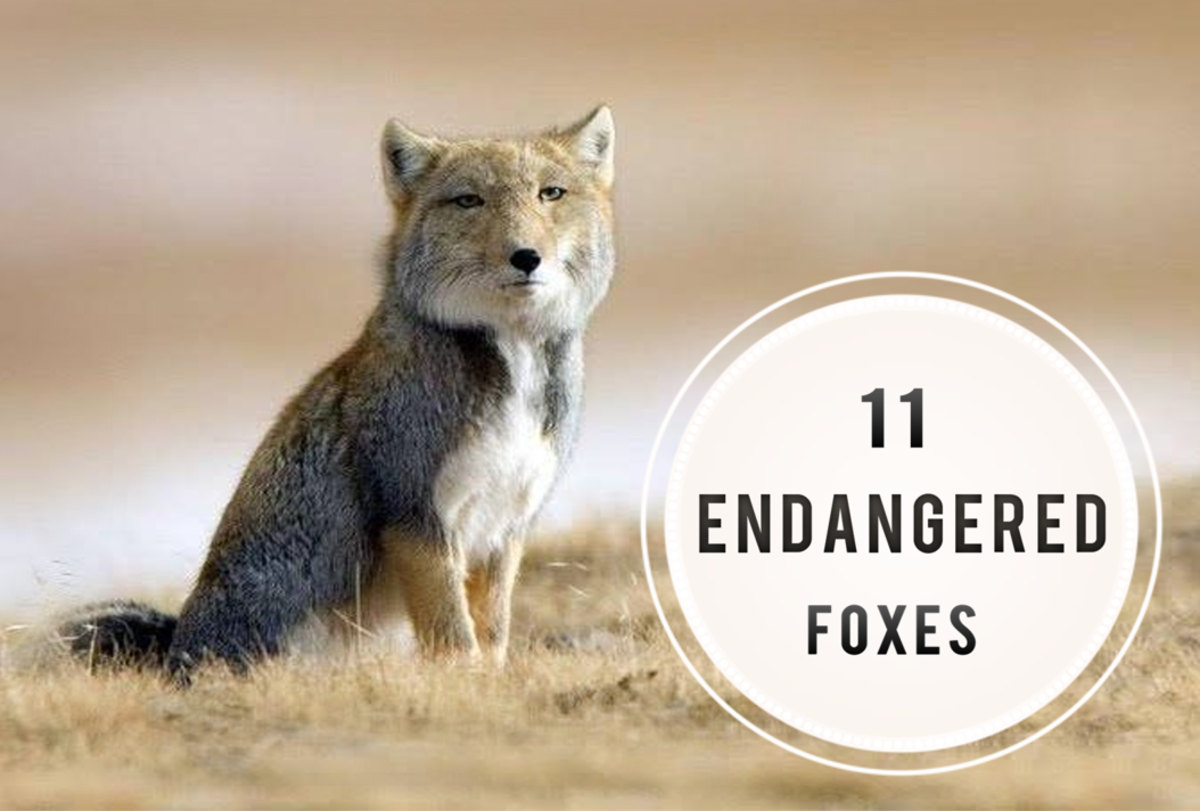The Beautiful Arctic Fox
Scientific Name: Alopex lagopus
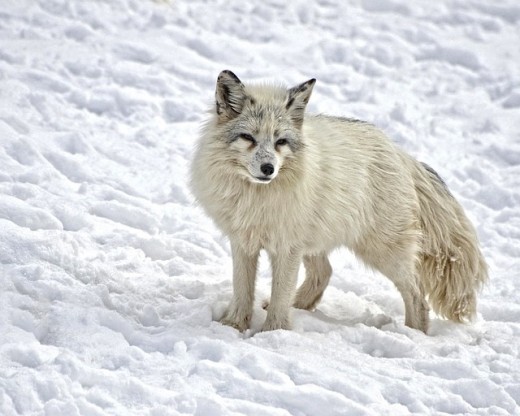
Description
There is more than meets the eye with the Arctic Fox. In the summer months they are a shade of brown so that they are able to hide from predators. For most of the year though they are a white color to blend in with the mountains of snow that their home region is well known for.
The males are the largest with the females being several pounds lighter. There is a huge difference in the sizes of these animals. That is why some people mistake adults for younger generations out there in the wild. A full grown Arctic Fox can be as much as 20 pounds in size. However, they can also be as little as 5 pounds and not be growing any more.
Facts about Fox
- Fox Facts and Information
Fox Facts and Information. Feeding, habitat, distribution, reproduction, anatomy and more. Facts about the Red Fox, Gray Fox, Arctic Fox, Fennec Fox, Kit Fox, Swift Fox among others and the conservation efforts made to preserve foxes. - Fennec Fox Pup - Facts and Information - The Portal of Life
Facts and Information about Fennec Fox Pup. Fennec Fox Pup Description, Behavior, Feeding and Reproduction.
Anatomy
The habitat for the Arctic Fox is an area that is known for being bitter cold. There are hardly any animals out there that can survive in such extreme temperatures. However, they do have a body design that allows them to be able to do well in it. For example they have fur on their feet so that their heat doesn’t escape as they touch the cold snow or ice. They also have layers of blubber to keep them insulated.
They have feet designed for this type of weather as most other animals on such surfaces would be falling down. The Arctic Fox though is able to trot along or run at top speed without any problems at all. They have a slender nose that is very long and an exceptional ability to smell. They have terrific hearing and long pointed ears. The designs of the ears also helps them to maintain body heat.
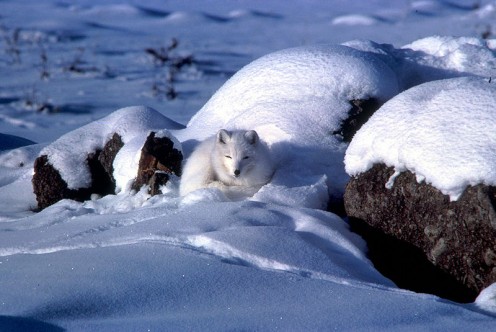
Evolution
It is really amazing that these animals are able to live in such an environment though. Their anatomy is very different than other species of fox for that reason. This didn’t happen by chance though. Instead, it is believed to be due to the evolution process. Something occurred long ago that required them to end up in this part of the world. Most experts believe this was during the Ice Age.
In order to maintain living there the body had to develop entities that would allow it to survive. This includes their coloring, their thicker fur, and their ability to find food in remote locations. Many experts are amazed that they have been able to thrive in such an area.
Arctic Fox Videos
Behavior
They are fascinating animals to observe, with several differences from what is common fox behavior. What is interesting is that while they have more open land to survive on than other species, they prefer to be social in nature. They don’t live together or hunt together but their areas of habitat do overlap. When they come into contact with each other, they use scent to recognize those they have been around in the past. The females are more social and it is common for generations of them to live in close proximity to each other with frequent interaction.
Not everyone is a fan of this particular fox though. In 1988 rabies became a factor in Newfoundland. Experts tracked this back to this particular species of fox. This definitely scared people and it has lead to myths that won’t die. For example this is one species of fox that is active during the day.
This is often so that they can find enough food but the night is when they are the most active. Seeing one during the day doesn’t mean they have rabies. This fear though has resulted in some Arctic Fox being killed when they are out during the day because people don’t want the rabies to spread like it did before.
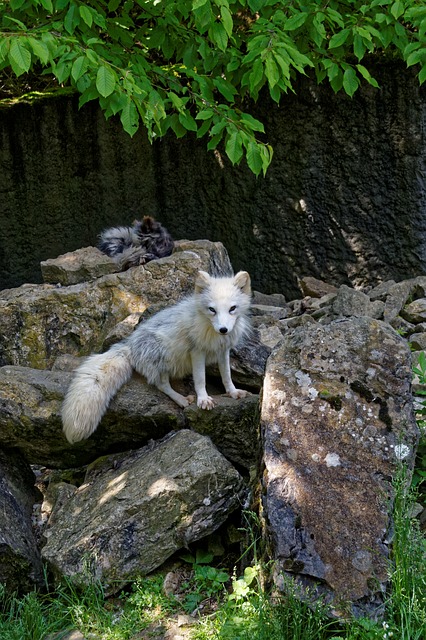
Interesting Links
- Owl Facts and Information
Owl Facts and Information. Feeding, habitat, distribution, reproduction, anatomy and more. Facts about the Great Horned Owl, the Barn Owl, the Snowy Owl among others and the conservation efforts made to preserve owls - Wolf Facts and Information
Wolf Facts and Information. Feeding, habitat, distribution, reproduction, anatomy and more. Facts about species like the Gray Wolf, the Arctic Wolf and the Red Wolf. Also the conservation efforts made to preserve wolves - Amazing Facts about Felines
Feline facts, articles, pictures and videos. Lion, Lynx, Cheetah, Cougar, Domestic Cat, Caracal, Jaguar and many others.
Habitat/Distribution
The only place where you will find the Arctic Fox is in the extremely cold Arctic areas. They are one of the animals that have the ability to live in such a location so they have access to large areas. They may have to travel huge distances though in order to find enough food. They tend to stick to the areas where there is ice and avoid the thick snow because it drains their energy to walk on it.
When there is too much snow around them, they often take to their dens and tunnels that are underground. These tunnels are remarkable as they cover large distances in many directions. These tunnels have been used for centuries by the Arctic Fox for their survival.
Diet/Feeding Habits
Being able to find enough food out there is important for the Arctic Fox. They need to take every single opportunity that they get. This is why they won’t pass up meat that is left by the Polar Bear. They often consume the blubber from seals and leave the rest of it. This is an unusual behavior for a species of fox, but one that definitely helps them to adjust to such an environment.
They consume Lemming most of the time. Birds that are in the area can become their prey. The Arctic Fox will also consume bird eggs that they are able to find around them. It can take hours of hunting every single day to find enough food to survive on. The amount of food one needs depends on its size. They are powerful and patient hunters so they are often victorious with their efforts.
Information about Arctic Fox
Reproduction
Once the Arctic Fox finds a mate that is the one they will find year after year. That will only change if for some reason that mate is no longer available due to death or being removed from the area. They find each other again and again due to the specific scent that each gives off.
They have a very long season when mating can occur. It starts in September and they can mate until June. They will stay together for several months waiting for the offspring to be born. During that period of time they will either find a den or create one where they can be well protected.
Once the offspring are born both pitch in to do what they can to help them survive. Up to 25 young can be born at a time, but there is an extremely high rate of death in the early weeks of life. Even though only a couple will survive the mother will keep them warm and feed them. The male will bring her food so she doesn’t have to leave the young.
Interesting Animal Facts
- Facts about Pollution | Effects of Pollution
Pollution Facts and Information. Effects of Pollution in the Environment
Predators
There are a few predators out there that the Arctic Fox has to be careful around. They include the Polar Bear and the Gold Eagle. In some regions there are packs of wolves that hunt together and they will get the fox if they can. Generally it is the young and inexperienced that will become victims of such predators in the wild.
Humans also hunt the Arctic Fox when they have the opportunity to do so. Often it is because they want to be able to have a prized kill to add to their list. They want to have a hunt to talk about that others have never experienced. Taxidermy services for the Arctic Fox are common because people want to be able to preserve their trip to this region and their hunting experience.


